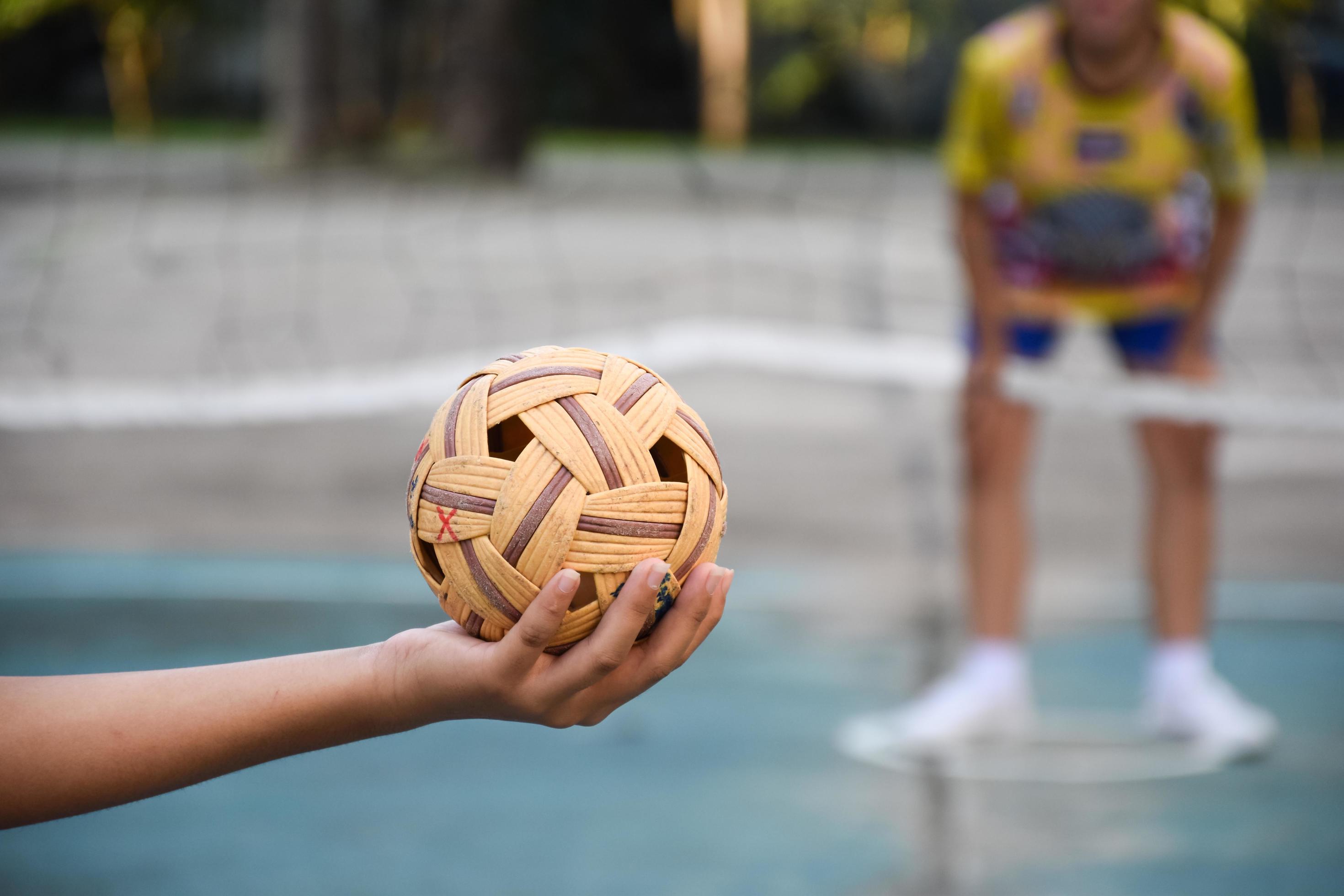In a world driven by modernity and technological advancements, traditional sports stand as timeless echoes of cultural heritage and communal bonding. These sports, passed down through generations, carry with them a rich tapestry of history, rituals, and values. This article embarks on a journey to explore the enduring charm of traditional sports, delving into their significance, global diversity, and the challenges they face in a rapidly changing world.

1. The Essence of Tradition:
a. Passing the Torch of Legacy:
Traditional sports are more than physical activities; they are living traditions that bridge the past and the present. Passed down from ancestors, these sports carry the torch of cultural legacy, preserving the essence of communities and societies.
b. Rituals and Symbolism:
Rituals within traditional sports are often deeply symbolic, connecting participants to spiritual beliefs, folklore, and the natural world. The performance of these rituals becomes a celebration of cultural identity and a way to honor the traditions that define a community.
2. The Global Mosaic of Traditional Sports:
a. Varied Forms and Practices:
Traditional sports manifest in a myriad of forms, each unique to its cultural roots. From the Native American game of lacrosse to the Japanese martial art of sumo, the global mosaic of traditional sports reflects the diversity of human expression.
b. Ceremonial Celebrations: Festivals and Competitions:
Many traditional sports are intertwined with festivals and celebrations. These events not only serve as platforms for athletic competition but also become communal celebrations that foster a sense of unity and camaraderie.
3. Challenges in the Modern Era:
a. Threats to Preservation: Modernization and Globalization:
As the world undergoes rapid modernization and globalization, traditional sports face the challenge of preservation. The encroachment of mainstream sports, changing lifestyles, and the erosion of cultural practices pose threats to the continuity of these age-old traditions.
b. Generational Shifts: Passing the Baton:
Traditional sports often grapple with the challenge of engaging younger generations. The allure of modern sports and technological pastimes can overshadow the appeal of traditional activities, creating a generational shift that threatens the sustainability of these practices.
4. Traditional Sports Across Continents:
a. Asia: Martial Arts and Cultural Heritage:
In Asia, traditional sports like kung fu, judo, and kabaddi not only showcase physical prowess but also embody cultural heritage and philosophies. Martial arts, in particular, serve as conduits for spiritual development and discipline.
b. Africa: Indigenous Games and Rituals:
Africa boasts a rich tapestry of traditional sports, often intertwined with indigenous games and rituals. Games like Damii and Bao not only test physical skills but also serve as channels for social bonding and spiritual expression.
c. Americas: Native Games and Athletic Rituals:
Indigenous communities in the Americas have a strong tradition of native games. From the hoop and pole game among Native American tribes to the Inuit sport of the blanket toss, these activities are integral to cultural identity and athletic prowess.
d. Europe: Folk Games and Regional Competitions:
Europe is home to a plethora of folk games and regional competitions that have endured through the centuries. Events like the Highland Games in Scotland and Calcio Storico in Italy showcase the resilience of traditional sports in the European landscape.
5. Resilience and Adaptation:
a. Modern Integrations: Blending Tradition with Innovation:
To ensure their survival, many traditional sports have embraced modern integrations. Events like the World Indigenous Games and the integration of traditional martial arts in global competitions showcase an adaptive spirit that allows these sports to thrive in a changing world.
b. Cultural Tourism and Showcasing Heritage:
Cultural tourism has become a vital avenue for preserving traditional sports. Events that showcase traditional sports, along with their associated rituals and ceremonies, attract global audiences and serve as educational tools for the preservation of cultural heritage.
6. The Role of Technology: Balancing Innovation and Tradition:
a. Digital Platforms for Traditional Sports:
In an era dominated by technology, digital platforms have become crucial for the promotion of traditional sports. Livestreaming events, creating interactive online communities, and leveraging social media help traditional sports reach wider audiences and connect with enthusiasts globally.
b. Virtual Reality and Augmented Experiences:
Technological innovations like virtual reality (VR) and augmented reality (AR) offer unique opportunities for experiencing traditional sports. These immersive technologies allow enthusiasts to virtually participate in and witness traditional sporting events, bridging the gap between tradition and modernity.
7. The Revival of Indigenous Games:
a. Recognizing Cultural Significance:
Efforts to revive and promote indigenous games have gained momentum. Recognizing the cultural significance of these games, initiatives focused on education, documentation, and organized competitions contribute to their resurgence.
b. Empowering Indigenous Communities:
Reviving traditional sports goes beyond preserving physical activities; it empowers indigenous communities. By reclaiming their sports, communities assert their cultural identity, fostering a sense of pride and resilience against historical challenges.
8. Future Horizons: A Global Tapestry of Unity:
a. Collaborative Global Initiatives:
The future of traditional sports lies in collaborative global initiatives. Cross-cultural exchanges, international competitions, and shared platforms can create a global tapestry where traditional sports become symbols of unity, diversity, and mutual respect.
b. Educational Programs and Cultural Integration:
Integrating traditional sports into educational programs can ensure that younger generations learn about and appreciate these cultural treasures. Cultural integration fosters an understanding that transcends borders, promoting a world where traditional sports are celebrated as shared human heritage.
Conclusion: A Legacy Unfolding:
Traditional sports, with their rich histories and cultural significance, continue to unfold a legacy that transcends time and borders. As the world navigates the currents of modernization, the challenge lies in striking a balance between preserving the essence of these age-old traditions and adapting to the evolving needs of contemporary society. Through resilience, adaptation, and global collaboration, traditional sports can endure as vibrant expressions of human heritage, connecting generations and fostering a tapestry of unity that celebrates the diversity of our shared history.